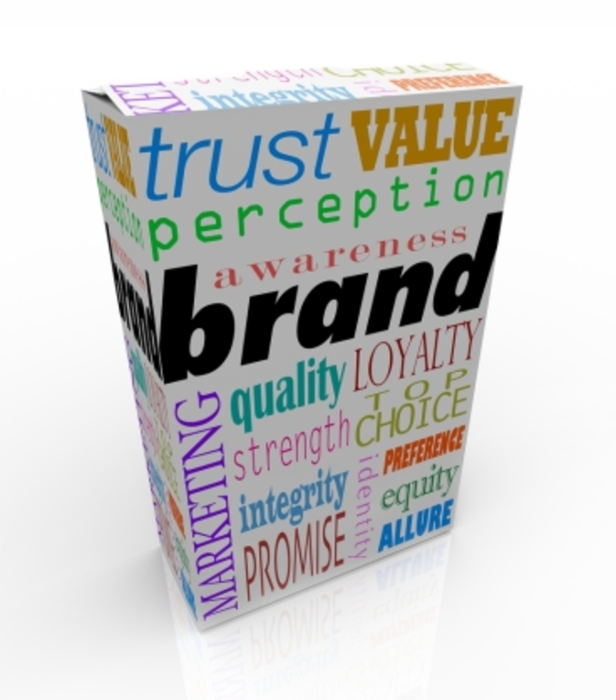As the customer stood by the department store register to complete her transaction, the salesperson asked one of the questions precipitating the mating dance that characterizes B2C commerce today: “And how will you be paying for your purchase?”
The store would like to see their customer use the store’s branded credit card: it makes money on the card, and can use the transaction data for future marketing. Another good customer response would be any form of payment accompanied by presentation of a loyalty card that would also enable tracking the transaction.
The ‘loyalty’ contract
Behind these preferences is an implicit contract between the sellers and the buyers. Companies want their customers to return again and again (the loose definition of “loyalty”). They want to market to their customers to make this happen. To do this, they need the customer’s permission. The customer grants this permission by signing up for a loyalty program or a company-branded credit card. In exchange, the company gives the customer perks such as discounts, deals, frequent flier miles, extra nights in a hotel, all kinds of product rewards, and even cash. As long as the company manages the margin impact of the rewards, both sides are happy.
In many B2C companies the customers in these loyalty programs are the only customers the company can track, the only ones they can target with direct marketing programs. Typically, these targeted campaigns contribute a significant portion of the revenue from existing customers, so it becomes important to market to these customers as effectively as possible. Measuring customer loyalty is the way to do this.
One approach is to score and segment customers, for example by RFM (recency-frequency-monetary value), and then market according to score and segment. More loyal customers have higher RFM scores. This methodology has been around for decades because it’s easy and it works, but its shortcomings make it far from optimal. It’s fundamentally a regression technique requiring marketers to make trade-offs (how much revenue offsets one day more of recency?). There is no way to determine a customer’s velocity (are they buying more frequently or about to defect??). Most tellingly, there’s no product information in RFM, so it is useless for targeted cross-sell.
The shortcomings of customer satisfaction
A different approach to measuring loyalty is to simply ask the customer how they feel, to measure customer satisfaction. The popular Net Promoter system asks customers if they would recommend the company to someone else. There is ample quantitative data to prove that the answers customers give to this question do not correlate with future buying behavior, a conclusion supported by decades of academic research showing that people often say one thing and do another.
There are places where measuring customer satisfaction has some value, for example after a service transaction; but in general customer satisfaction is of little help in getting more sales. Satisfaction is closely tied to the last transaction. It can grow quickly and disappear just as fast. In contrast, loyalty is slow to grow and slow to disappear, making it better suited to predicting behavior. Wireless providers know only too well about churn by satisfied customers.
A tighter definition of customer loyalty
If a customer who returns for another purchase is “loyal,” can the extent of their loyalty be quantified? Absolutely. Measuring customer loyalty means doing exactly that. Of course some customers are more loyal than others, and marketing needs to account for those differences. That’s what customer analytics is for. Customer loyalty can be measured from behavior metrics derived from transaction data.
A tight and applicable definition of customer loyalty for a company’s customers will encompass multiple metrics, not just a single score. Besides money spent in the past, for starters there should be an estimate of customer lifetime value, the number of product categories from which a customer has purchased, and how closely a customer adheres to their own pattern of purchasing.
What data from loyalty programs can deliver
Here’s the short list of what you should be able to get from the data in your loyalty program:
- Which customers are ready to buy in the near future
- What products they’re likely to buy, including those they have not previously purchased
- Which customers are in danger of defecting to a competitor
Customer analytics can get the answers to all of these questions from the transaction data captured by a loyalty program. With the answers, you can create individualized, relevant direct marketing campaigns that amply repay the investment you have made in the loyalty program. Without this kind of information you’re going to market with one arm tied behind your back.
|
As CEO of Loyalty Builders Inc., Dr. Mark Klein helps develop marketing strategies for a diverse set of B2B and B2C companies. Follow him at www.loyaltybuilders.com/blog.
|







